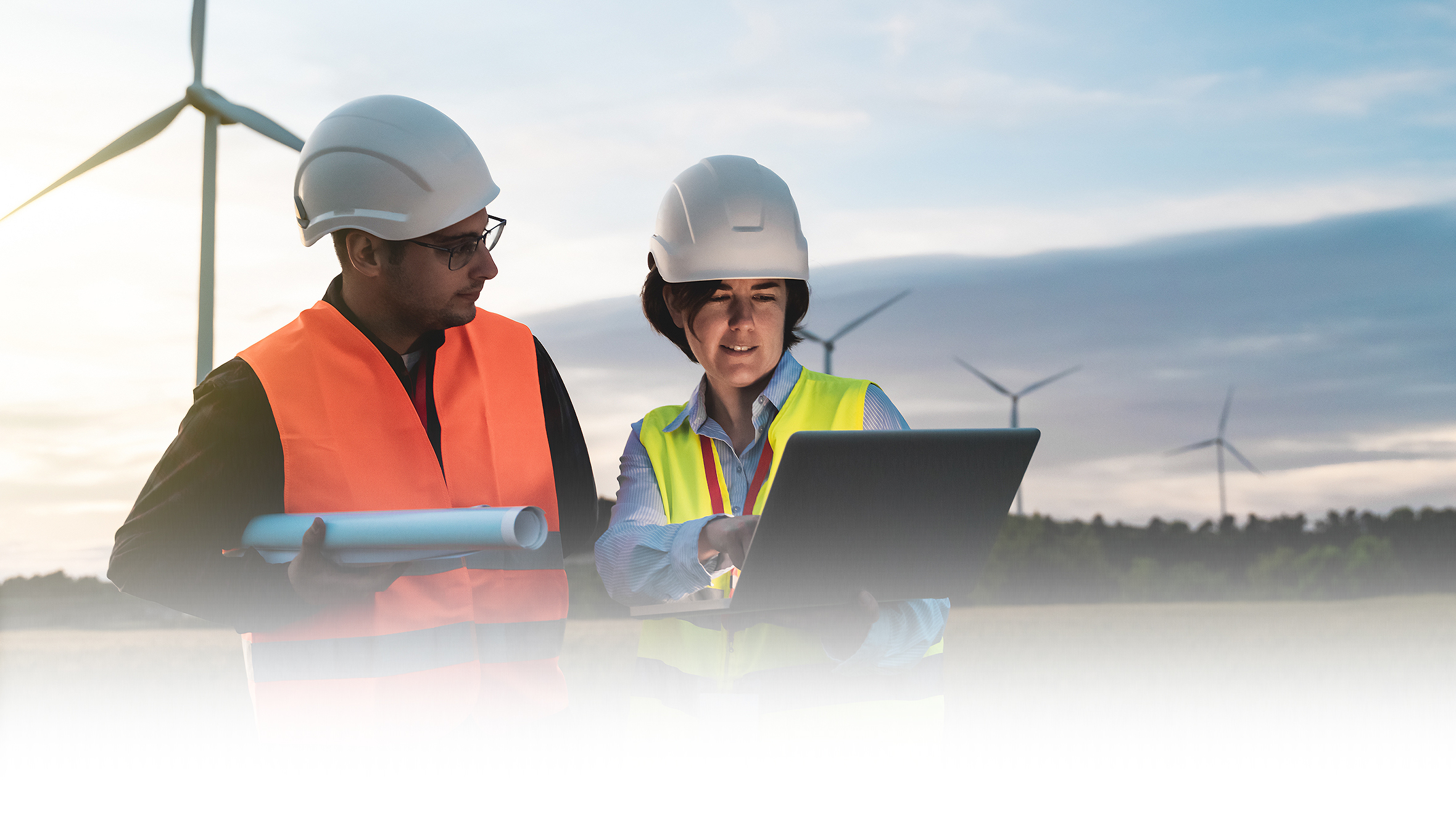Building a Resilient Future: Engineering in the Face of Climate Change
Why Resilient Infrastructure is Non-Negotiable
Engineering
August 19, 2025
6 minutes read

“”
Engineers today must be innovators, educators, and advocates, bridging the gap between scientific data and societal needs.
Climate change is no longer a future threat—it’s a present reality. Rising sea levels, extreme weather, and unpredictable climate patterns are forcing engineers to rethink their approach. Designing for functionality and efficiency isn’t enough anymore; today, infrastructure must be built for resilience.
Resilient engineering means creating systems, structures, and technologies that can anticipate, withstand, and recover from climate challenges. From coastal defenses and energy grids to smart urban planning, climate-proof infrastructure is the foundation for sustainable progress. This article explores how engineering for resilience is transforming global industries, the strategies being applied, and the vital role of innovation and policy in building a world that can endure.
The Growing Need for Climate-Resilient Solutions
The Global Impact of a Warming Planet
According to the IPCC, the frequency and intensity of extreme weather events have increased dramatically. Coastal cities face flooding, wildfires displace millions, and droughts threaten water supplies. This new reality demands that engineers integrate climate modeling, risk assessment, and sustainability into every project. The old assumptions of stable climate patterns are obsolete.
The Economic Imperative for Resilience
The World Bank estimates that every $1 invested in climate resilience saves up to $4 in post-disaster recovery costs. This powerful economic argument is driving governments and private companies to invest in sustainable infrastructure planning. It’s not just an environmental responsibility; it’s a smart business decision.
Core Principles of Engineering for Climate Resilience
Flexibility and Adaptability: Resilient systems must evolve. Modern bridges, dams, and energy networks are being designed with modular components that can be upgraded as new climate data emerges.
Redundancy and Backup: Critical systems, like hospitals and power plants, need redundant components to ensure continuity during disasters. Decentralized renewable energy microgrids are an excellent example, making power networks less vulnerable to a single point of failure.
Nature-Inspired Design: Engineers are increasingly turning to nature-based solutions. Wetlands, mangrove forests, and green roofs absorb floodwaters and reduce urban heat, complementing traditional civil engineering approaches.
Long-Term Durability: Materials science is key. Engineers are now using carbon-neutral concrete, corrosion-resistant steel, and advanced composites that can withstand higher temperatures and moisture fluctuations.
Systems Thinking: Building for resilience requires viewing infrastructure as an interconnected network. When one component fails—for example, a power grid—other systems like transportation and water can still function.
Key Sectors Embracing Resilient Design
Coastal Infrastructure and Defenses
With most of the world’s megacities located on coastlines, protecting against rising sea levels is a top priority. Engineers are designing advanced seawalls, surge barriers, and floating buildings that adapt to tidal changes and storm surges.
Urban Planning and Smart Cities
Cities are highly vulnerable to extreme heat and flooding. Resilient urban planning includes permeable pavements, vertical gardens, and rainwater harvesting systems. Smart city technologies, such as real-time flood monitoring and predictive analytics, help proactively manage risks.
Energy Systems: A Shift to Decentralization
Traditional power grids are often fragile. Engineers are now creating distributed renewable energy systems and energy storage solutions that can operate independently when the main grid fails, providing reliable power during emergencies.
Transportation and Water Management
Roads, railways, and airports must be built to endure higher temperatures and flooding. Heat-resistant asphalt and elevated railway tracks ensure transport remains reliable. For water management, engineers are designing dual-purpose systems that capture excess rainfall for use during drought periods, with innovations like desalination powered by renewable energy.
Emerging Technologies Driving the Shift
AI and Machine Learning: AI models help engineers forecast risks more accurately, from predicting flood zones to optimizing power grid resilience. Machine learning enables predictive maintenance, preventing failures before they occur.
Digital Twins: These virtual replicas of physical infrastructure allow engineers to test climate stress scenarios, such as the impact of a hurricane on a city’s power grid, and adjust designs accordingly.
Advanced Materials: Research into self-healing concrete and graphene-enhanced composites is creating stronger, longer-lasting materials that also reduce carbon footprints.
IoT and Smart Sensors: Embedded sensors monitor infrastructure health, providing continuous feedback on stress and environmental conditions to prevent catastrophic failures.
Policy, Governance, and Human Impact
Resilience is not just a technical challenge—it’s a matter of policy and human ingenuity. Global standards and frameworks, along with public-private collaboration, are essential for funding large-scale projects. Many countries now mandate climate risk assessments for major new projects to ensure resilience is an integral part of the design process.
Ultimately, engineering for a resilient world is about people. Engineers today must be innovators, educators, and advocates, bridging the gap between scientific data and societal needs. This shift in mindset, from reactive recovery to proactive preparation, is the most crucial blueprint for a future where humanity thrives despite climate challenges.






